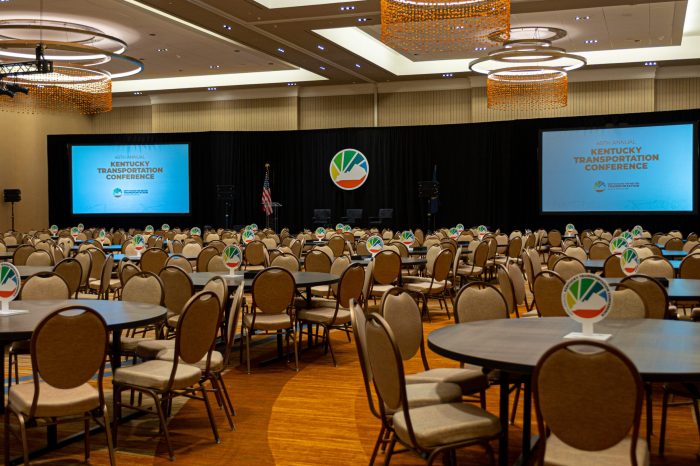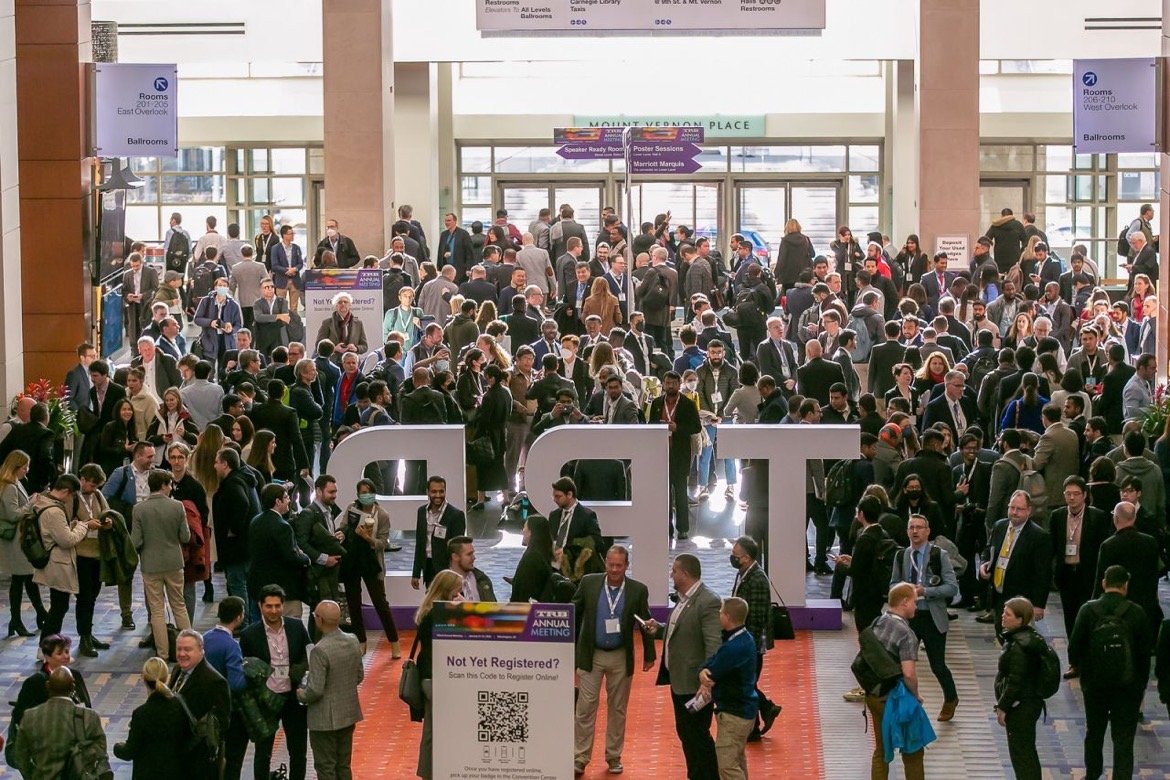Defining “Reliable Transportation Services” for Conferences

Reliable transportation is paramount for a successful conference. Attendees need confidence that they can reach venues, social events, and airports on time and safely, without undue stress. This confidence directly impacts their overall conference experience and the perception of the organizers’ professionalism. A breakdown in transportation can cascade into a series of negative consequences, from missed sessions to disgruntled participants.The key characteristics of reliable conference transportation encompass punctuality, safety, comfort, and efficiency.
Punctuality ensures attendees arrive at their destinations on schedule, minimizing disruptions to their plans. Safety involves employing well-maintained vehicles, qualified drivers, and appropriate security measures. Comfort includes factors such as climate control, adequate space, and a smooth ride. Efficiency implies seamless booking, clear communication, and a well-organized system that accommodates diverse needs. The perception of reliability is heavily influenced by the consistent delivery of these characteristics.
Any failure in one area can significantly impact the overall perception.
Factors Influencing the Perception of Reliability
Several factors contribute to attendees’ perception of reliable transportation services. These include the timeliness of pickups and drop-offs, the professionalism and courtesy of drivers, the condition and cleanliness of vehicles, and the ease of booking and communication with the service provider. For example, a consistently late shuttle service will quickly erode trust, regardless of other positive aspects. Similarly, a poorly maintained vehicle or a rude driver can create a negative experience that overshadows other positive attributes.
Clear and proactive communication regarding delays or changes to the schedule is also crucial for maintaining trust. The ability to easily track the vehicle’s location through an app or other means can also greatly enhance the sense of reliability.
Examples of Transportation Service Failures
Instances of unreliable transportation services are unfortunately common. One example might involve a shuttle bus arriving significantly late due to unforeseen traffic or mechanical issues, leading to attendees missing keynote speeches or important networking events. Another scenario could involve a lack of sufficient vehicles to accommodate all attendees, resulting in long wait times and frustration. A more serious failure might be a safety incident, such as a vehicle accident due to driver negligence or inadequate vehicle maintenance.
These situations highlight the critical need for robust contingency planning and thorough vetting of transportation providers. Furthermore, inadequate communication during disruptions can exacerbate the negative impact on attendees’ experience and perception of the conference. For instance, a lack of updates during a significant delay leaves attendees feeling anxious and uncertain.
Types of Transportation Services for Conferences
Choosing the right transportation for a conference is crucial for attendee satisfaction and overall event success. The selection depends on factors such as budget, conference size, location, and the attendees’ needs. Several options exist, each with its own set of advantages and disadvantages. A careful evaluation is necessary to determine the optimal solution.
Conference transportation options range from economical shared services to luxurious private arrangements. The choice impacts not only the attendees’ experience but also the logistical efficiency of the event itself. Factors such as punctuality, comfort, and accessibility must be considered alongside cost-effectiveness.
Shuttle Buses
Shuttle buses offer a cost-effective solution for transporting large groups of attendees to and from the conference venue, hotels, and other relevant locations. They provide a reliable and organized mode of transportation, particularly beneficial for conferences with numerous participants. However, they may not be as convenient as other options for individuals who prefer more flexibility in their travel schedules.
The level of reliability depends on factors like the bus company’s reputation and the efficiency of the scheduling system.
Private Cars
Private car services, including chauffeured vehicles, provide a high level of comfort, privacy, and convenience. Attendees can enjoy personalized transportation directly to their desired locations. This option, however, is significantly more expensive than shuttle buses or ride-sharing services. Reliability hinges on the reputation and professionalism of the car service provider; punctuality and driver expertise are key considerations.
Ride-Sharing Apps
Ride-sharing apps like Uber and Lyft offer a convenient and relatively affordable alternative, particularly for smaller groups or individuals. They provide flexibility and on-demand service. However, reliability can be inconsistent, particularly during peak hours or in areas with limited driver availability. Surge pricing can also significantly increase the cost, making budgeting challenging. The app’s reliability metrics are often dependent on the specific location and time of day.
Trains
For conferences held in cities with well-developed rail networks, trains offer a convenient and often reliable mode of transportation. They are typically more cost-effective than private cars and can be more efficient than shuttle buses for long distances. However, train schedules may not always align perfectly with conference timings, and accessibility to train stations can be a factor.
Reliability depends on the train operator’s performance and potential for delays.
Comparison of Transportation Options
| Transportation Type | Reliability | Cost | Convenience |
|---|---|---|---|
| Shuttle Buses | Moderate (dependent on company and scheduling) | Low | Moderate (scheduled, less flexible) |
| Private Cars | High (dependent on service provider) | High | High (personalized, door-to-door) |
| Ride-Sharing Apps | Low to Moderate (dependent on location and time) | Low to Moderate (subject to surge pricing) | High (on-demand, flexible) |
| Trains | Moderate (subject to potential delays) | Low to Moderate | Moderate (dependent on station access and schedule) |
Factors Affecting Reliability of Conference Transportation

Ensuring reliable transportation for conference attendees is crucial for a successful event. Several factors can significantly impact the dependability of these services, leading to delays, disruptions, and overall dissatisfaction. Understanding these factors allows for proactive mitigation strategies and improved planning.
Weather Conditions and Transportation Reliability
Adverse weather conditions significantly impact the reliability of various transportation modes. Heavy snowfall, for instance, can cause flight cancellations and significant delays in ground transportation due to road closures or hazardous driving conditions. Similarly, torrential rain can lead to flooding, making certain routes impassable and causing delays for buses, trains, and even private vehicles. Extreme heat can also affect transportation reliability; for example, train tracks can buckle in extreme temperatures, causing delays or cancellations.
The impact varies depending on the transportation mode; air travel is more susceptible to severe weather than some ground transportation options, although significant snowfall can still impact even the most robust ground transportation systems.
Traffic Congestion and Ground Transportation
Traffic congestion is a major factor affecting the reliability of ground transportation, particularly in urban areas. Rush hour traffic, road construction, and unexpected accidents can all contribute to significant delays. The impact is particularly pronounced for services relying on road networks, such as buses, taxis, and private car transfers. For example, a seemingly short journey might take significantly longer during peak traffic periods, potentially causing attendees to miss conference sessions or other scheduled events.
The unpredictability of traffic congestion makes it a challenge to guarantee punctual transportation services.
Strategies for Mitigating Transportation Risks
Several strategies can help mitigate the risks associated with unexpected delays and disruptions. Real-time traffic monitoring systems can provide up-to-date information on road conditions and congestion levels, allowing for adjustments to routes and schedules. Diversification of transportation options—offering a combination of private car services, public transportation, and shuttle buses—can help reduce reliance on a single mode and minimize the impact of disruptions.
Building in buffer time into schedules is crucial; allowing extra time for potential delays can help prevent attendees from missing important events. Furthermore, having contingency plans in place, such as alternative transportation arrangements or communication protocols for delays, is essential for maintaining attendee satisfaction and the smooth running of the conference. Proactive communication with attendees regarding potential delays and alternative options is vital for managing expectations and preventing unnecessary stress.